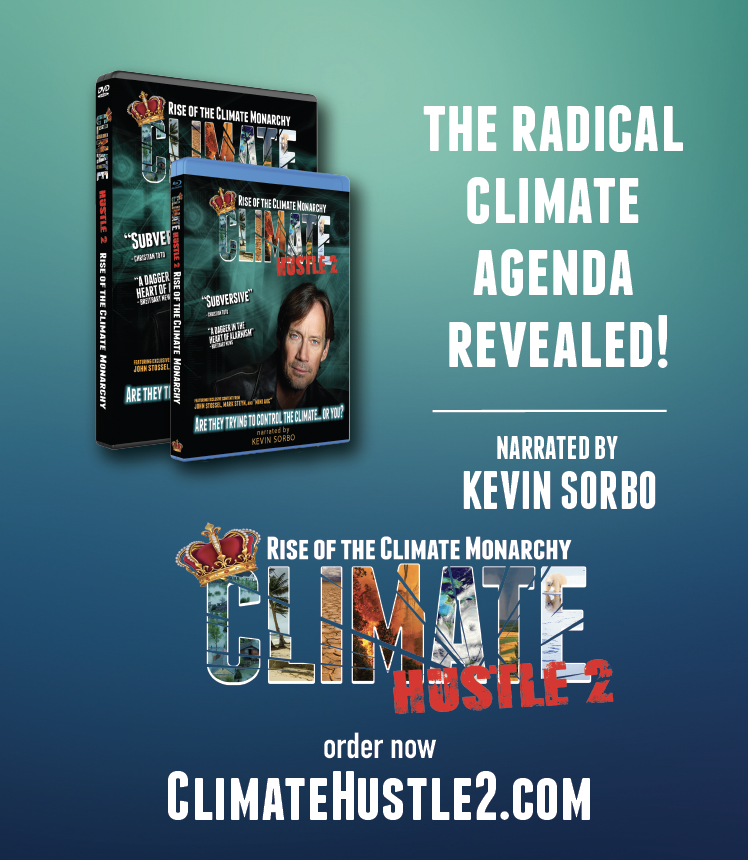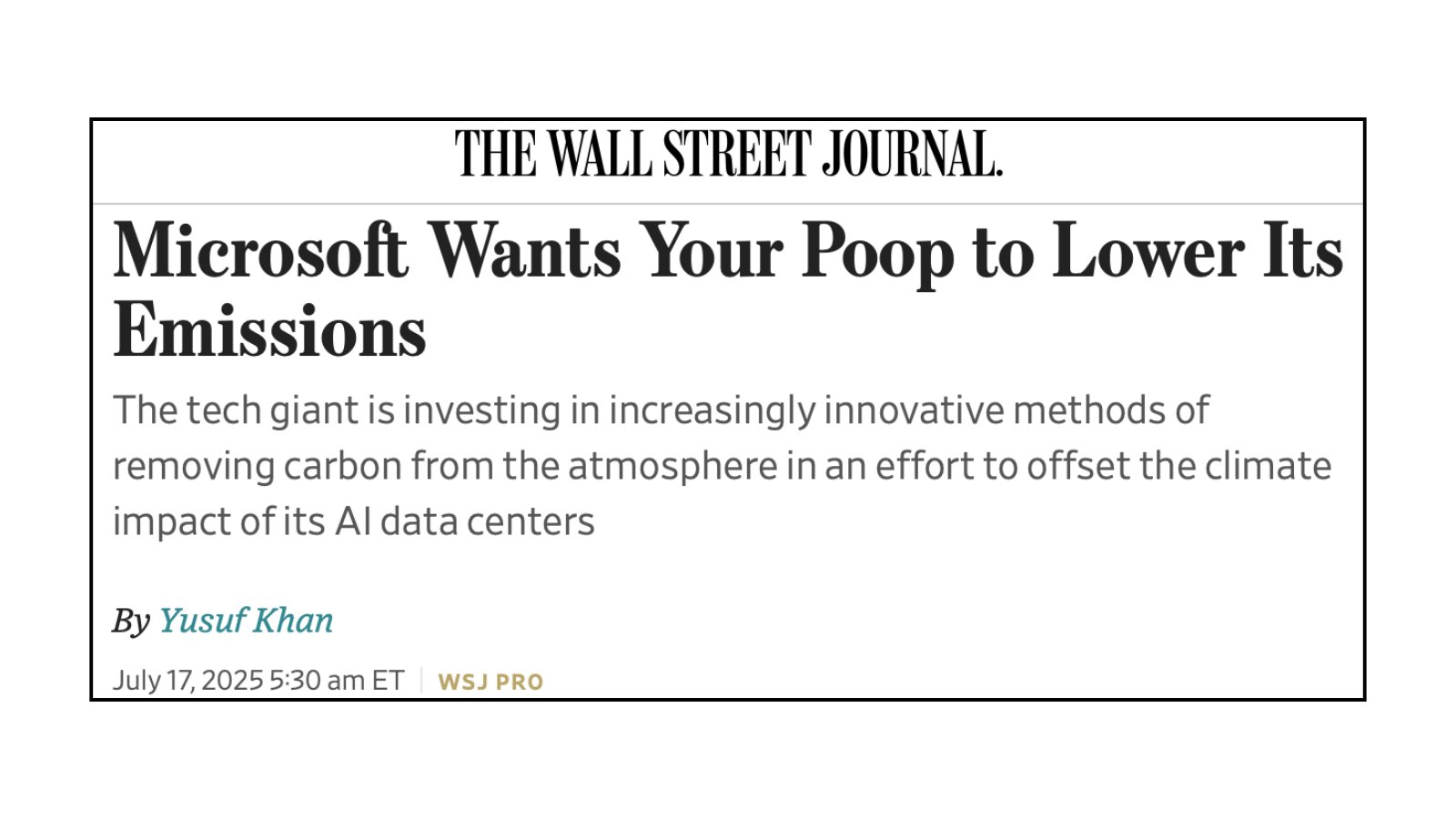By Dennis Ambler
You too can become a climate scientist – just download these handy tools and generate your own doom-laden scenario, see how your town will be inundated in 12 years time, or create an attribution study, send it off to PNAS for guaranteed acceptance and perhaps launch a lawsuit against an oil company for climate justice compensation, funding unlikely to be a problem:
Here are your climate tools:
https://climateanalytics.org/
Sea level:
Source for these projections is a NASA/GISS paper from 2014: Kopp et al, one of the et al’s being Michael Oppenheimer of Princeton, formerly of Environmental Defense and still advising them. https://pubs.giss.nasa.gov/
There is a notable high level of scientific accuracy, because…
The experts of course, are themselves and their colleagues, who think, (because they are experts), that this is all “90% likely.”
Find out what’s in store for your geographic region based on IPCC climate models…
http://regioclim.
Crop projections?
Projected changes in yields (%) relative to 2000 (multi-model ensemble median) for each crop grown in the country at different warming levels.
http://regiocrop.
http://wlcalc.
This online tool is a resource for climate scientists which allows relating climate impact studies to warming targets like 1.5°C and 2°C.
This is a random example:
“year of exceedance (period of exceedance)
| 1.5 °C | 2.0 °C | 3.0 °C | 4.0 °C | |
|---|---|---|---|---|
| rcp85 | 2022 (2007-2037) | 2040 (2025-2055) | 2068 (2053-2083) | 2092 (2077-2107) |
The above-projected values are averages over the models:
bcc-csm1-1-m.
The above given periods in brackets refer to the running mean window of 31 years. The warming is calculated from the preindustrial period 1850-1900. We use the observed warming (hadcrut4) until the base period 1980-2000 and then add the projected warming from your model choice.“
“Science”, but not as we know it…


